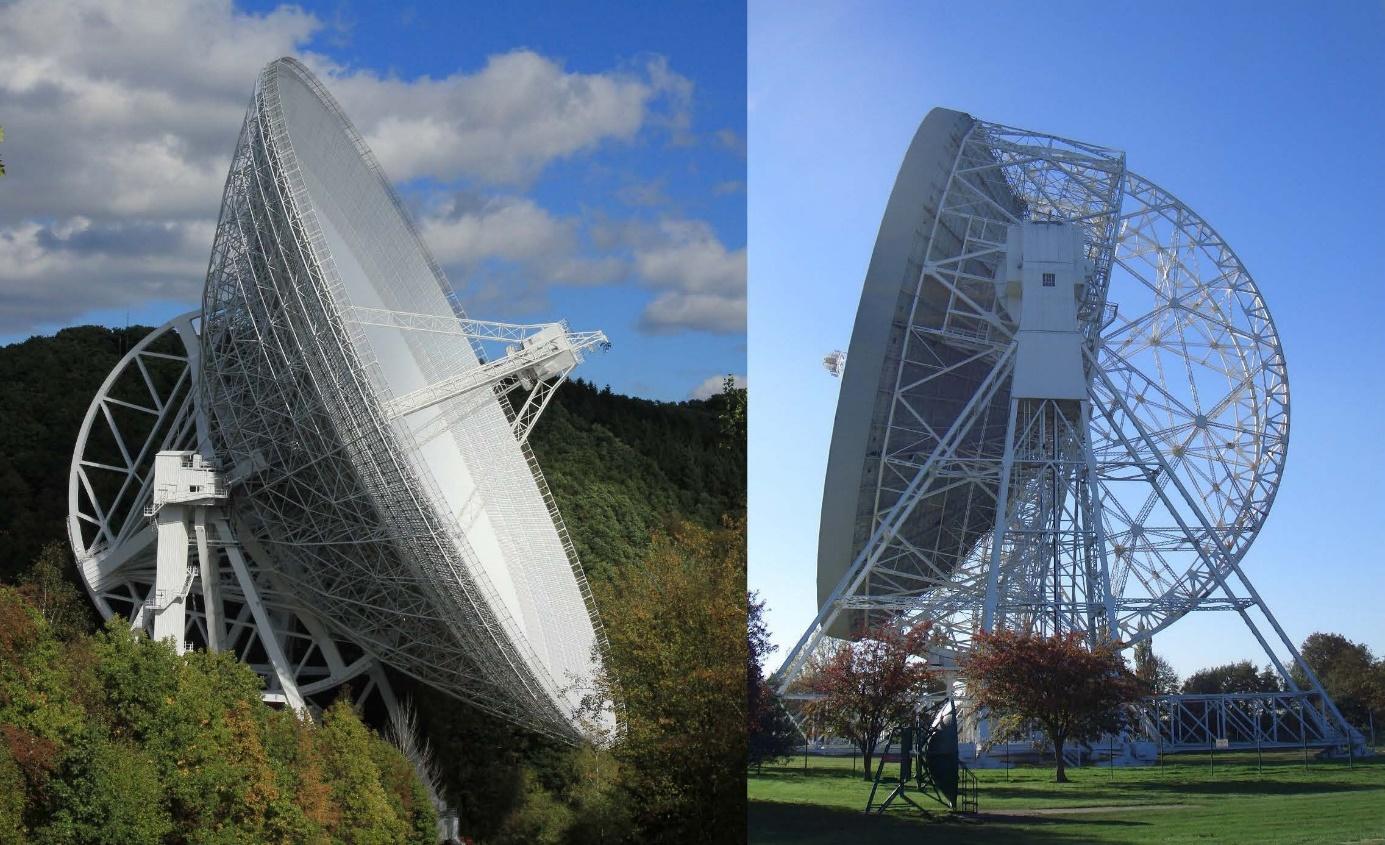The rapid decay of a magnetar’s precession after an X-ray outburst likely rules out free precession as their origin
An international research team led by Gregory Desvignes from the Max Planck Institute for Radio Astronomy in Bonn, Germany, used the Effelsberg and Jodrell Bank radio telescopes to observe the precessing magnetar XTE J1810-197 — a highly magnetised and ultra-dense neutron star — shortly after its X-ray enhanced activity and radio reactivation. The study was co-authored by Dr. Yong Gao and Professor Lijing Shao from the Kavli Institute for Astronomy and Astrophysics at Peking University. This precession damped on a timescale of a few months challenging some models used to explain the origin of the mysterious repeating fast radio bursts.
The results are published in this week’s issue of Nature Astronomy.

Fig. 1: Artistic rendering of a precessing magnetar with a twisted magnetic field and its radio beam pointing towards Earth.
Credit: Gregory Desvignes / MPIfR
Magnetars are neutron stars with extreme and twisted magnetic fields, remnants after the collapse of fuel-exhausted massive stars. These objects are so dense that they contain 1 to 2 times the mass of the Sun in a near-perfect sphere of about 12 km in radius. Of the 30 known magnetars, only a handful have occasionally emitted radio waves, with their radio beam sweeping the sky like a lighthouse. Magnetars are widely considered to be the source for the Fast Radio Bursts (FRBs) with some models invoking freely precessing magnetars as responsible for the repeating FRBs.
Together with colleagues from the Jodrell Bank Centre for Astrophysics and the Kavli Institute for Astronomy & Astrophysics, researchers from the Max Planck Institute for Radio Astronomy (MPIfR) are regularly inspecting some of these magnetars and unexpectedly caught one of them, XTE J1810-197, which started to emit radio emission in December 2018, shortly after the start of enhanced X-ray emission, and after a period of about ten years during which it was radio quiet.
Embarking on an intense observing campaign following this event, the researchers noticed some very systematic changes in the properties of the radio light, namely its polarisation, revealing a shift in the orientation of the magnetar’s radio beam with respect to Earth. The researchers attributed this to free precession, an effect that arises from a slight asymmetry in the magnetar’s structure, causing it to wobble around like a spinning top. To their surprise, the free precession damped rapidly over the next few months and disappeared eventually. The disappearance of the precession with time contradicts that the suggestion by many astronomers who believe that FRBs, that repeat with time, can be explained by precessing magnetars.
“We expected to see some variations in the polarisation of this magnetar’s emission, as we knew this from other magnetars,” remembers Gregory Desvignes from the MPIfR, leading author of the study. “But we did not expect that these variations are so systematic, following exactly the behaviour that would be caused by the wobbling of the star.”
Patrick Weltevrede from The University of Manchester adds: “Our findings were only made possible thanks to many years of dedicated monitoring of this magnetar with radio telescopes in Jodrell Bank and Effelsberg. We had to wait for over a decade before it started to produce radio emission, but when it did, it certainly didn't disappoint.”
“Damped precession of magnetars might shed light on the inner structure of neutron stars, which is ultimately related to our fundamental understanding of matters,” says Lijing Shao from Peking University.
“Radio astronomy is truly fascinating! The enigma surrounding the origins of FRBs still persists. However, catching intriguing objects like magnetars in the act to learn more about FRBs, underscores the capabilities of our facilities," concludes Michael Kramer, director at MPIfR and Head of it’s Fundamental Physics in Radio Astronomy Research Division.

Fig. 2: The two radio telescopes used for this study: the Effelsberg 100-m telescope (left) and the Lovell 76-m telescope (right).
Credit: Norbert Junkes (Effelsberg Telescope); Mike Peel (Lovell Telescope).
Background Information:
Authors of the original paper in Nature Astronomy are Gregory Desvignes, Patrick Weltevrede, Yong Gao, Ian Jones, Michael Kramer, Manisha Caleb, Ramesh Karuppusamy, Lina Levin, Kuo Liu, Andrew Lyne, Lijing Shao and Ben Stappers. Authors from PKU-KIAA include Dr. Yong Gao, a former PhD student in PKU Astronomy and now a postdoctoral researcher in the Albert Einstein Institute (Potsdam Germany), and Prof. Lijing Shao.
Original Paper:
Gregory Desvignes et al.: A freely precessing magnetar following an X-ray outburst, in: Nature Astronomy, 8 April 2024.
https://www.nature.com/articles/s41550-024-02226-7
Precessing magnetar with a twisted magnetic field and its radio beam pointing towards Earth.
Credit: Gregory Desvignes / MPIfR